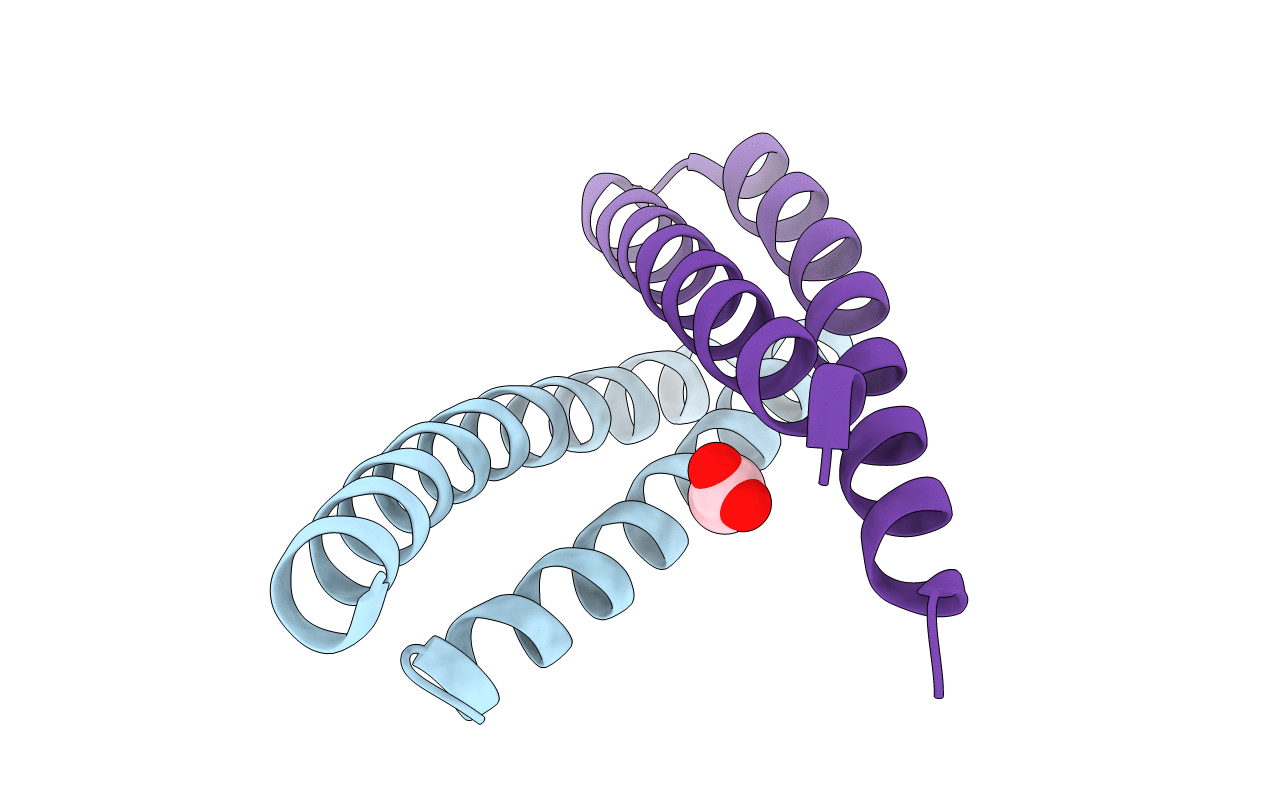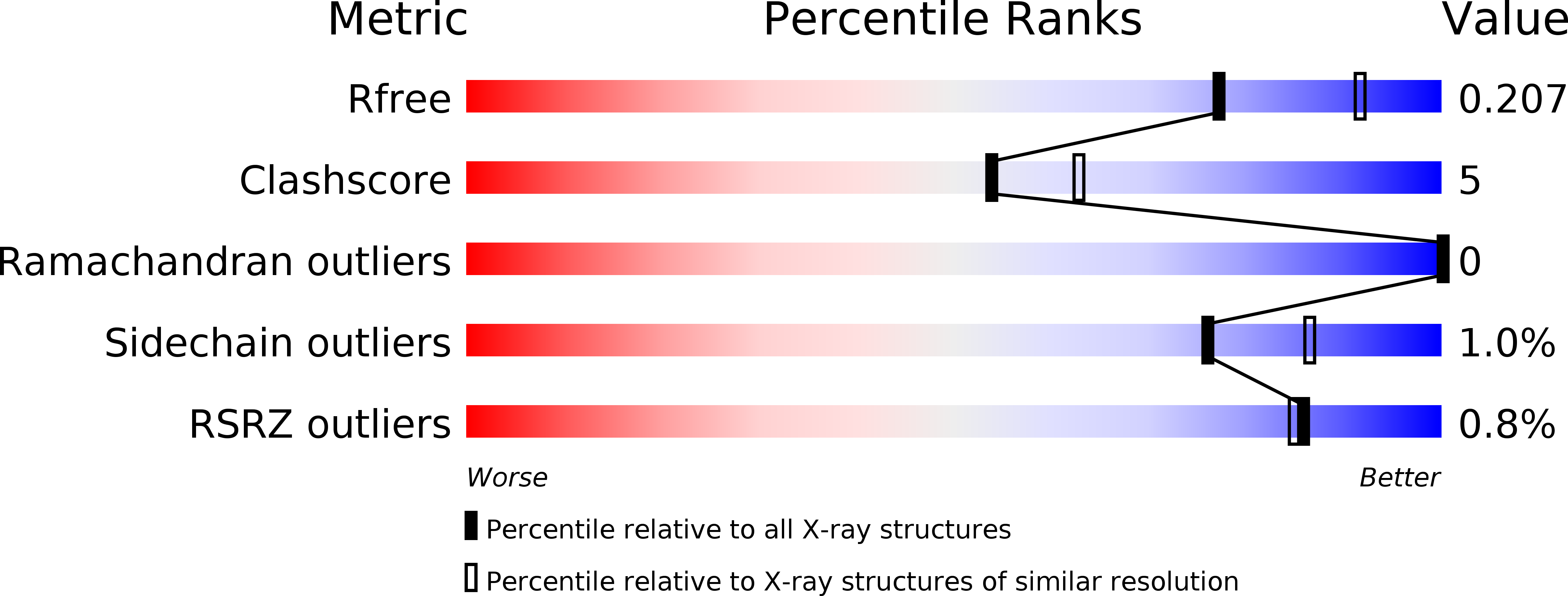
Deposition Date
2012-08-15
Release Date
2012-09-19
Last Version Date
2024-05-08
Entry Detail
Biological Source:
Source Organism:
PSEUDOMONAS SYRINGAE PV. PISI (Taxon ID: 59510)
Host Organism:
Method Details:
Experimental Method:
Resolution:
2.20 Å
R-Value Free:
0.19
R-Value Work:
0.16
R-Value Observed:
0.16
Space Group:
P 32 1 2


